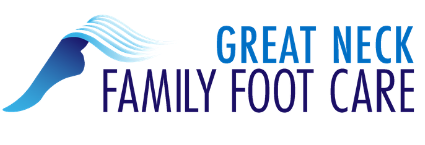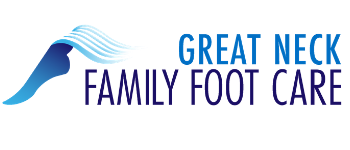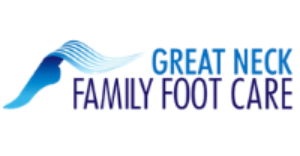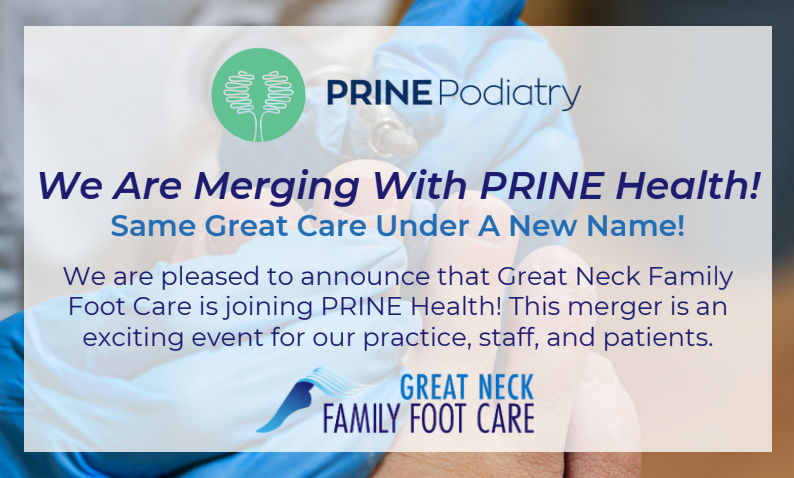17 Mar Total Contact Casting: The Gold Standard in Wound Care
Total Contact Casting: The Gold Standard in Foot Wound Care Available In Great Neck, Long Island
As the incidence of diabetes rises in the United States, more and more people are coping with diabetic foot wounds. When diabetes causes a loss of sensation in the foot (neuropathy), foot ulcers can often be the result. Even though research demonstrates that total contact casting (TCC) is an effective treatment for diabetic foot ulcers, and Medscape calls TCC the “gold standard” for healing diabetic foot ulcers, this treatment is not offered by the great majority of foot wound clinics on Long Island. Here’s why:
How foot ulcers develop
Before we talk about treatment methods for foot ulcers, let’s do a quick review of how these sores develop: Long-term exposure to abnormal blood sugar levels can cause nerve damage, or “neuropathy” — most commonly in the feet and legs. When you lose sensation in your feet, you no longer have the immediate feedback of pain to let you know there’s excess pressure in one skin zone. Furthermore, nerve damage may also lead to changes in the way you walk because your foot reflexes don’t send the same messages that they once did, and certain small muscles even become paralyzed.
If you’re walking in a new way that puts your weight on just a few small areas of your foot, blisters and skin irritation start to develop. Without pain to warn you, you might not even notice these sores as they become deeper and deeper. If the pressure is not relieved, bacteria enter the open wound and serious infections and tissue damage can result.
Methods to relieve the pressure
The primary treatment (besides cleaning and antibiotics) for a wound caused by excess pressure is to remove the pressure. However, this is easier said than done when that pressure is caused by walking. It’s disruptive and debilitating to force people with foot ulcers to avoid walking for weeks on end, so this recommendation should be saved for extreme situations. Because normal living does include the ability to walk, it’s crucial to preserve mobility as much as possible.Various efforts have evolved to create special footwear or dressings customized with open places around the wound zones.
Why won’t orthotic footwear do the job?
Customized orthotics or prescription footwear may be the right answer for you if you are diabetic but have no history of foot problems. The American Orthopaedic Foot & Ankle Society explains that well-fitting, supportive shoes with shock-absorbing soles are sometimes enough to prevent foot wounds from ever getting started. However, once foot problems have progressed to the point where you already have wounds, prescription footwear is not usually the treatment of choice — even though it is the most common treatment. Great Neck Family Foot Care Long Island Wound Care is able to propose an alternative, Total Contact Casting: TCC, the very best option. “The bottom line is that Diabetic Foot Ulcers heal faster with a TCC.”
How total contact casting works
TCC is the best method for enabling the entire healthy area of your foot to bear your weight (in “total contact” with the ground), while protecting the wound from receiving any pressure. Before applying the cast, the doctor puts a thin dressing over the wound. The patient usually lies on their stomach with knees bent, so that the feet and ankles can be flexed into a natural standing position. Then the doctor sculpts a hand-shaped cast by carefully wrapping the foot and lower leg in foam padding and plaster wraps, leaving the wound area covered but not bearing any weight. The cast distributes the pressure of walking across the entire foot to maximize comfort, so no new pressure points are created. This sculpting process requires substantial experience and skill, which is why most foot clinics do not offer it.
Cast changing
You will wear your cast until the wound is healed, but of course the area covered by the cast needs regular inspection. Generally patients come into our office every week or every other week to have the old cast removed, a new dressing placed on the wound, and a new cast created. These visits are a brief and painless bit of housekeeping as well as a chance to connect frequently with your doctor and ask any questions you might have. When the ulcer is completely healed, Dr. Hochstein will remove the final cast and prescribe the appropriate footwear to prevent any recurrence of the problem.
It simply doesn’t make sense to go to a Long Island Wound Specialist who lacks the expertise to provide the most effective wound care.
“Numerous published studies and clinical workshops over the last few decades have demonstrated the superiority of a TCC system in healing DFU.” If you have diabetes and are concerned about current or potential foot wounds, call (516) 482-5999 and make an appointment with Dr. Alec Hochstein. It is quite possible that your particular situation might require a different treatment modality, but you will have the security of knowing that if TCC is best for you, Dr. Hochstein has the professional skill and experience to make it available.






Sorry, the comment form is closed at this time.